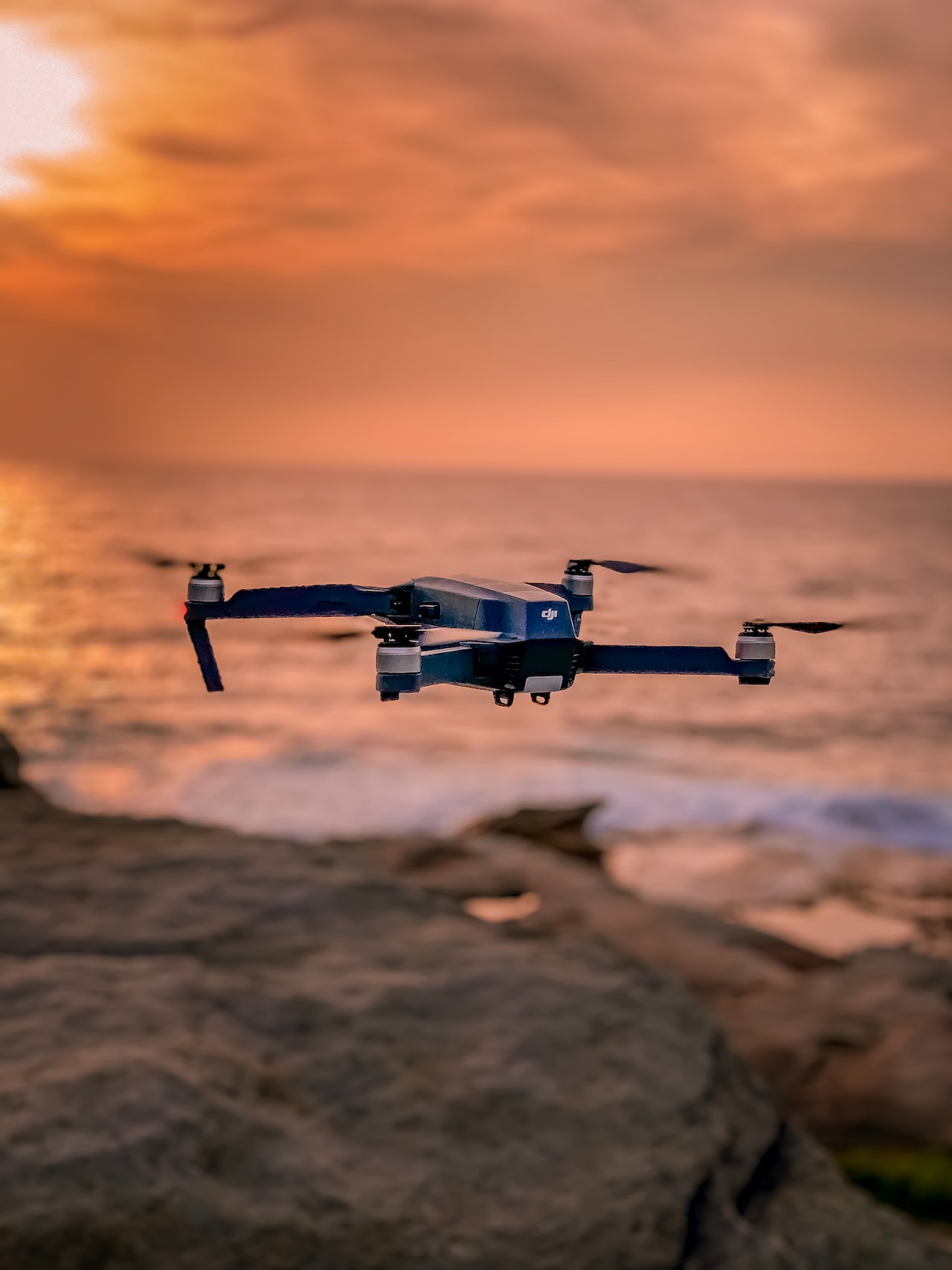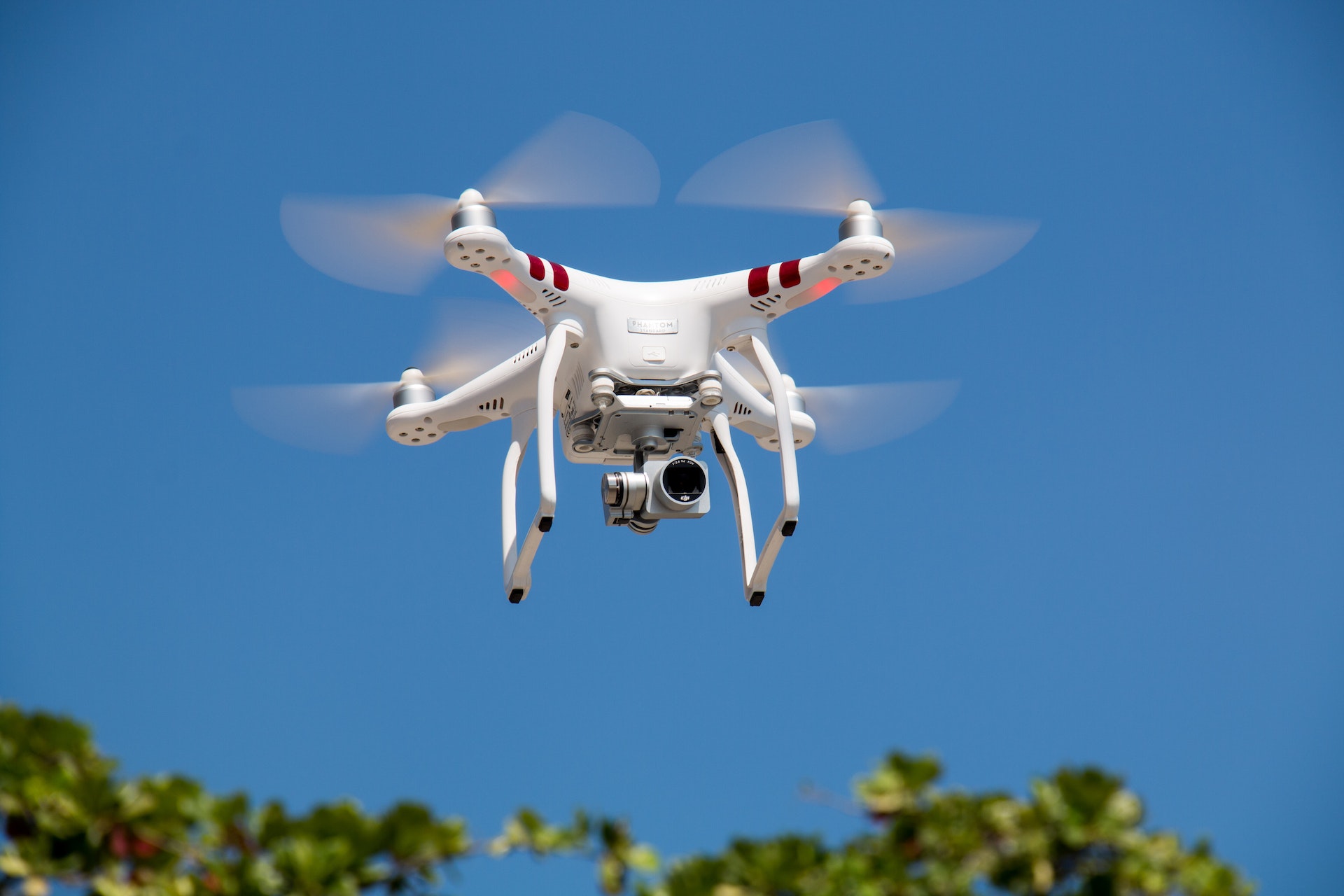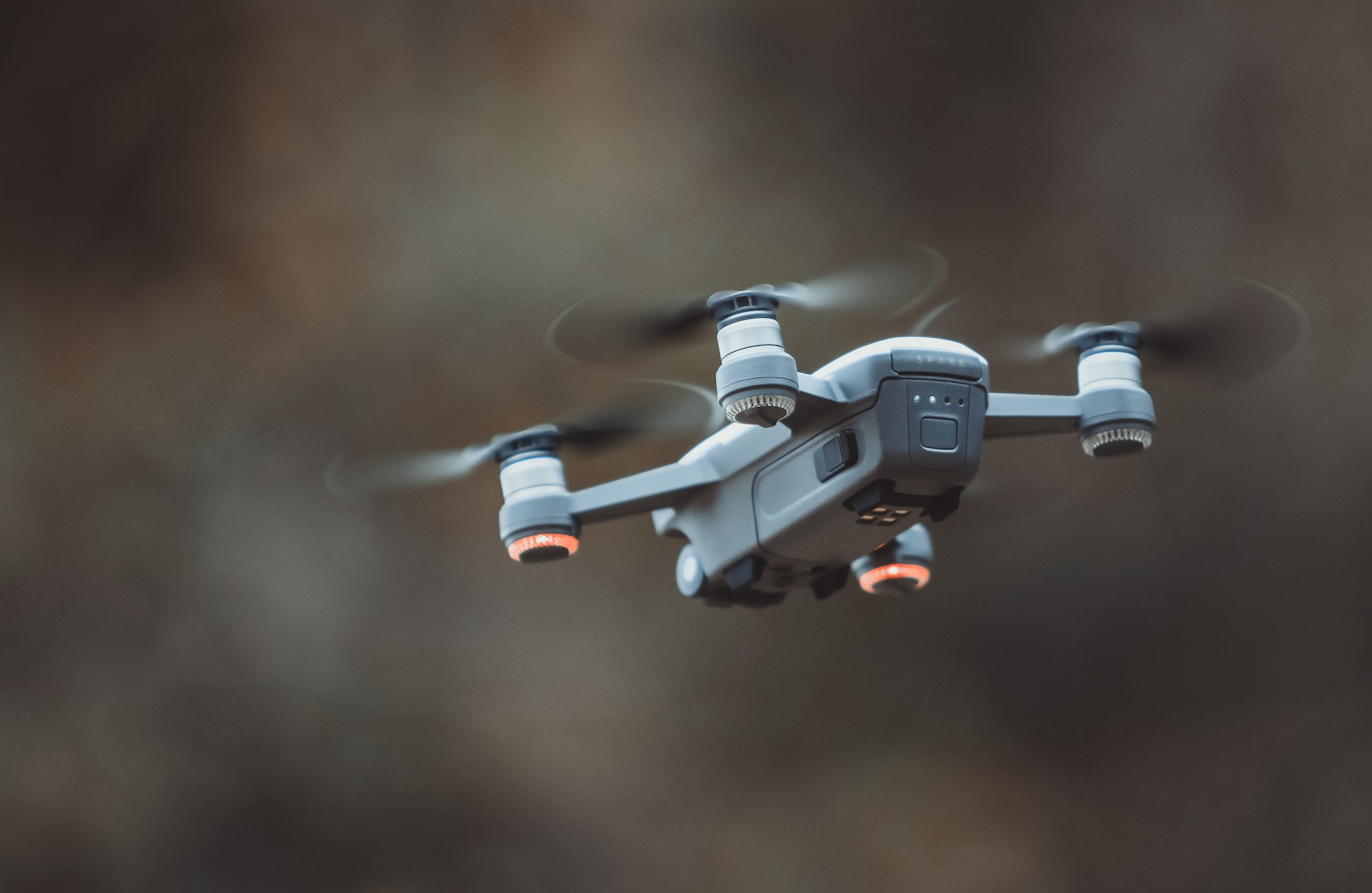Welcome to the exciting world of drone piloting! Drones have gained immense popularity in recent years, offering a unique perspective and endless possibilities. Whether you’re an aspiring aerial photographer, an adventure enthusiast, or simply intrigued by the world of flying machines, choosing the right drone for beginners is crucial. In this comprehensive guide, we’ll walk you through the process of selecting the perfect drone that suits your needs and helps you embark on an exhilarating journey into the skies.
Post Contents
- 1 Importance of Choosing the Right Drone for Beginners
- 2 Understanding Drones
- 3 Assessing Personal Needs and Goals
- 4 Budget Considerations
- 5 Drone Types and Categories
- 6 Researching and Comparing Drone Models
- 7 Making the Final Decision
Importance of Choosing the Right Drone for Beginners
Selecting the right drone for beginners is paramount to ensure a smooth and enjoyable piloting experience. The right drone will not only provide you with a stable and easy-to-control flight but also offer features and functionalities that align with your goals. It’s essential to invest time and effort in understanding the various aspects of drones to make an informed decision that sets you up for success right from the start.
Benefits of Right Drones for Beginners
Drones open up a world of possibilities for beginners, offering numerous benefits that enhance their experiences. By choosing the right drone, you gain:
- Aerial Photography and Videography: Capture stunning images and breathtaking videos from unique angles and perspectives. Drones equipped with high-quality cameras allow you to explore your creativity and create professional-grade visuals.
- Adventure and Exploration: Experience the thrill of navigating the skies and exploring new horizons. Drones provide an unparalleled sense of freedom and adventure, whether you’re chasing beautiful landscapes or scouting uncharted territories.
- Educational and Learning Opportunities: Drones offer a hands-on approach to learning about flight dynamics, aerodynamics, and technology. They provide an engaging way to understand concepts related to physics, engineering, and navigation.
- Entertainment and Fun: Piloting a drone can be an incredibly fun and entertaining hobby. With features like acrobatic maneuvers and first-person view (FPV) capabilities, you can immerse yourself in thrilling flights and adrenaline-pumping experiences.
Now that we understand the importance and benefits of choosing the right drone, let’s dive into the detailed process of finding the perfect match for your needs.
Understanding Drones
Definition and Types of Drones
Before we delve into the intricacies of choosing a drone, let’s establish a clear understanding of what drones are and the different types available in the market. Drones, also known as unmanned aerial vehicles (UAVs), are remote-controlled aircraft that fly without an onboard human pilot. They come in various shapes, sizes, and designs, each serving a specific purpose.
Toy Drones
Toy drones are typically small, lightweight, and designed for recreational purposes. They are a great starting point for beginners to familiarize themselves with basic flight controls and navigation. Toy drones often come with features like altitude hold, one-key takeoff and landing, and simplified controls, making them user-friendly for beginners.
Camera Drones
Camera drones are equipped with high-quality cameras, enabling you to capture stunning aerial photos and videos. These drones are ideal for photography enthusiasts, content creators, and anyone who wants to document their adventures from a bird’s-eye view. Camera drones offer various camera specifications, such as resolution, image stabilization, and the ability to shoot in RAW format for professional post-processing.
Racing Drones
Racing drones are designed for high-speed competitive racing. They are lightweight, agile, and built for speed, offering an adrenaline-fueled experience. Racing drones often feature first-person view (FPV) capabilities, allowing pilots to wear goggles that provide a real-time video feed from the drone’s perspective.
FPV Drones
FPV drones prioritize the immersive first-person view experience. They typically come with FPV goggles or screens that provide a live video feed from the drone’s camera, giving you the feeling of being onboard the aircraft. FPV drones are popular among drone enthusiasts who enjoy real-time flight experiences and navigating challenging environments.
Key Components and Features of Drones
To make an informed decision, it’s crucial to understand the key components and features of drones. Let’s explore the essential elements you should consider when choosing a drone:
Flight Stability and Control Features
Flight stability and control are vital for beginners to have a smooth piloting experience. Look for drones with features like altitude hold, headless mode, and automatic stabilization systems. These features help maintain a steady flight and reduce the chances of accidents or crashes, making it easier for beginners to learn and gain confidence.
Camera Specifications and Capabilities
If aerial photography or videography is your primary goal, pay close attention to the camera specifications and capabilities of the drone you’re considering. Look for drones with high-resolution cameras, adjustable settings, and features like image stabilization and the ability to shoot in different modes (e.g., manual, automatic, and custom).
Battery Life and Charging Options
Battery life significantly impacts your flying time and overall experience. Consider drones with longer flight times and easily swappable batteries to maximize your flying sessions. Additionally, assess the charging options and the availability of spare batteries to ensure uninterrupted flights.
Safety Features and Fail-Safes
Safety should always be a top priority when flying drones. Look for features like obstacle avoidance systems, return-to-home function, and GPS tracking. These safety features help prevent collisions, provide peace of mind, and ensure the safe return of your drone.
Assessing Personal Needs and Goals
Identifying the Purpose of Drone Usage
Understanding your purpose for using a drone is essential in choosing the right one. Are you interested in aerial photography, racing, exploring new locations, or simply enjoying the experience of flying? Identifying your primary goal will help narrow down your options and find a drone that aligns with your interests.
Setting Realistic Expectations and Goals
As a beginner, it’s important to set realistic expectations and goals for yourself. Learning to fly a drone takes time and practice. Start with basic maneuvers and gradually progress as you gain confidence and skills. By setting achievable goals, you’ll have a more enjoyable learning journey and avoid unnecessary frustration.
Evaluating Personal Skill Level and Experience
Consider your level of experience and skill when choosing a drone. If you’re a complete beginner, opt for user-friendly drones with beginner-friendly flight modes and assistance systems. These features provide additional support and help you navigate through the initial learning curve. If you have prior experience with remote-controlled devices or piloting, you might feel comfortable starting with more advanced drones.
Now that we’ve discussed personal needs and goals, it’s time to address the financial aspect of choosing a drone.
Budget Considerations
Determining a Suitable Budget Range
Before diving into the world of drones, it’s important to determine a suitable budget range. Drones come in a wide price range, from affordable entry-level options to high-end professional-grade models. Having a budget in mind will help you focus your search and find the best drone that offers a balance between features and affordability.
Understanding the Cost Factors of Drones
To make an informed decision, it’s essential to understand the cost factors associated with drones. Some of the factors that affect the price of drones include:
- Camera Quality: Drones equipped with high-resolution cameras and advanced features tend to be more expensive.
- Flight Time and Battery Life: Drones with longer flight times and better battery life often come at a higher price point.
- Flight Performance: Drones designed for racing or advanced maneuvers might have higher prices due to their specialized features and components.
- Build Quality and Materials: Drones made with premium materials and durable construction tend to be more expensive.
- Advanced Features: Drones with advanced features like obstacle avoidance systems, GPS tracking, and intelligent flight modes often come with a higher price tag.
Balancing Price and Quality
While it’s tempting to go for the most feature-rich drone on the market, it’s important to strike a balance between price and quality. Consider your budget and prioritize the features that align with your goals and needs. It’s better to invest in a drone that suits your current requirements and offers room for growth and upgrades in the future.
Now that we have a clear understanding of budget considerations, let’s explore the different types and categories of drones available.
Drone Types and Categories
Overview of Consumer-Grade Drones
Consumer-grade drones are designed for recreational purposes and cater to a wide range of users, including beginners. These drones are typically user-friendly, affordable, and equipped with essential features to provide an enjoyable flight experience. Consumer-grade drones are an excellent starting point for beginners as they offer a good balance of affordability and functionality.
Distinctions Between Toy, Camera, Racing, and FPV Drones
To make an informed decision, let’s explore the distinctions between different types of drones:
- Toy Drones: Toy drones are often inexpensive, lightweight, and designed for casual recreational flying. They prioritize ease of use and durability over advanced features. Toy drones are a great starting point for beginners to learn basic flight controls.
- Camera Drones: Camera drones, as mentioned earlier, come with high-quality cameras and advanced imaging capabilities. They are perfect for aerial photography and videography enthusiasts who want to capture stunning visuals from above.
- Racing Drones: Racing drones are built for speed and agility. They are designed to navigate obstacle-filled courses at high speeds and offer an immersive racing experience. Racing drones are popular among drone racing enthusiasts who enjoy the thrill of competitive flying.
- FPV Drones: FPV drones focus on providing a first-person view experience. They come with FPV goggles or screens that allow you to see the live video feed from the drone’s camera in real-time. FPV drones offer an immersive flight experience and are favored by those who enjoy flying through a virtual cockpit perspective.
Pros and Cons of Each Drone Type
Each drone type has its own set of advantages and limitations. Let’s take a look at the pros and cons of each type:
Toy Drones
Pros:
- Affordable and budget-friendly
- User-friendly for beginners
- Durable and withstand crashes
- Easy to transport and carry
Cons:
- Limited flight time and range
- Basic camera quality, if any
- Limited advanced features and flight modes
Camera Drones
Pros:
- High-quality cameras for aerial photography and videography
- Advanced features like image stabilization and adjustable settings
- Longer flight times and extended range capabilities
- Improved flight stability and control
Cons:
- Higher price range compared to toy drones
- May have a steeper learning curve for beginners
- Larger and less portable compared to toy drones
Racing Drones
Pros:
- Built for high-speed racing and agility
- Exciting and competitive flying experience
- Acrobatic maneuverability and responsiveness
- Often customizable and upgradable
Cons:
- Steeper learning curve and requires piloting skills
- Limited camera capabilities for aerial photography
- Shorter flight times due to higher speeds
- Fragile components prone to damage during crashes
FPV Drones
Pros:
- Immersive first-person view experience
- Real-time video feed for an engaging flight experience
- Can be used for racing or exploration
- Wide range of compatible FPV goggles and equipment
Cons:
- Limited camera capabilities for high-quality photography
- Shorter flight times due to live video transmission
- May require additional investment in FPV equipment
Now that we’ve explored the different drone types, let’s move on to the final step of choosing the right drone for beginners.
Researching and Comparing Drone Models
Online Research and Reviews
Once you have a good understanding of your needs, goals, and budget, it’s time to conduct online research and read reviews. Visit Gadgetze Drone section to explore different drone models, their specifications, and user feedback. Pay attention to both expert reviews and user experiences to get a well-rounded understanding of the drones you’re interested in.
Comparing Specifications and Features
When comparing drone models, consider the following specifications and features:
- Flight Performance: Look for drones with stable flight characteristics, maneuverability, and ease of control.
- Camera Quality: If aerial photography or videography is your goal, assess the camera specifications, resolution, image stabilization, and other relevant features.
- Battery Life: Longer flight times allow for more extended and uninterrupted flying sessions.
- Range and Signal Strength: Consider the maximum range and signal strength of the drone to ensure reliable communication between the drone and the remote controller.
- Safety Features: Look for features like obstacle avoidance systems, return-to-home function, and GPS tracking to enhance safety and prevent accidents.
- Size and Portability: Depending on your intended use and travel plans, consider the size and portability of the drone.
Brand Reputation and Customer Support
Pay attention to the reputation of the drone brands you’re considering. Established brands with a track record of producing reliable and high-quality drones are generally a safer choice. Additionally, assess the customer support and warranty offered by the brand to ensure you have access to assistance and troubleshooting when needed.
Seeking Recommendations and Expert Advice
If you have friends, family, or colleagues who are experienced drone pilots, don’t hesitate to seek their recommendations and advice. They can provide valuable insights based on their firsthand experiences and help you make an informed decision.
Making the Final Decision
After conducting thorough research, comparing drone models, and considering expert advice, it’s time to make the final decision. Select the drone that best aligns with your needs, goals, and budget. Keep in mind that the drone you choose as a beginner may not be your last drone, as your skills and interests may evolve over time. Embrace the learning process, practice regularly, and enjoy the exhilarating experience of piloting your very own drone.
Remember to familiarize yourself with local regulations and guidelines for drone flying in your area, prioritize safety at all times, and respect the privacy and airspace of others.
Happy flying and enjoy your new drone!





